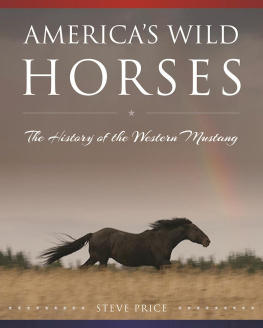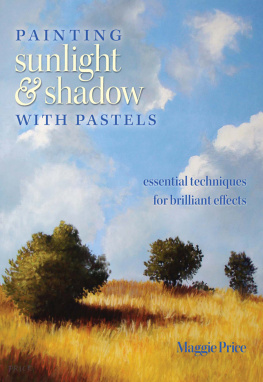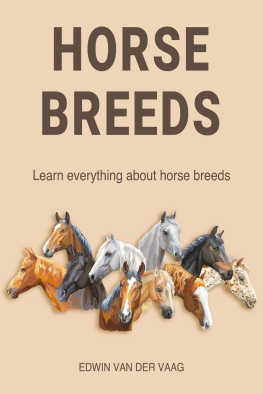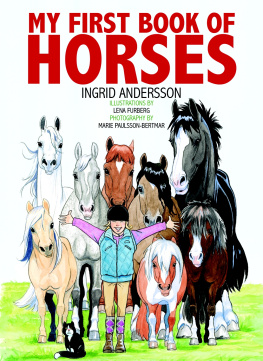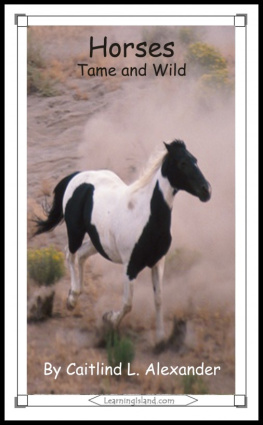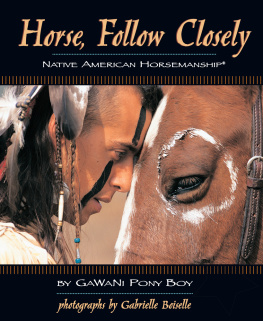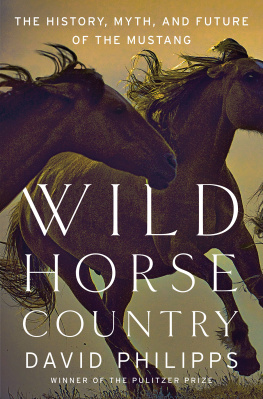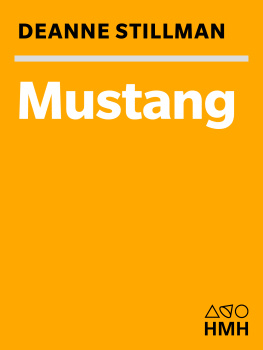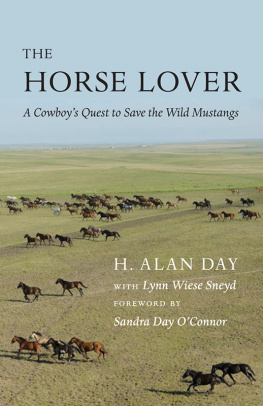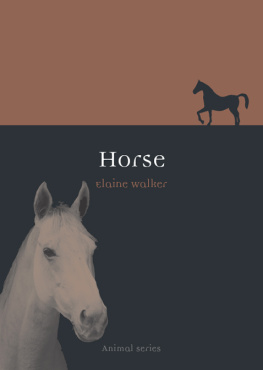Copyright 2017 by Steve Price
All Rights Reserved. No part of this book may be reproduced in any manner without the express written consent of the publisher, except in the case of brief excerpts in critical reviews or articles. All inquiries should be addressed to Skyhorse Publishing, 307 West 36th Street, 11th Floor, New York, New York 10018.
Skyhorse Publishing books may be purchased in bulk at special discounts for sales promotion, corporate gifts, fund-raising, or educational purposes. Special editions can also be created to specifications. For details, contact the Special Sales Department, Skyhorse Publishing, 307 West 36th Street, 11th Floor, New York, New York 10018 or
Skyhorse and Skyhorse Publishing are registered trademarks of Skyhorse Publishing Inc., a Delaware Corporation
www.skyhorsepublishing.com
10 9 8 7 6 5 4 3 2 1
Library of Congress Cataloging-in-Publication Data is available on file.
Cover design by Tom Lau
Cover photo credit: Steve Price
Print ISBN: 978-1-63450-393-8
Ebook ISBN: 978-1-63450-394-5
Printed in China
To Ann,
who loves riding the high country as much as I do
Contents
Foreword
I dont think its a coincidence that the first truly authentic country song written by the Rolling Stones was titled Wild Horses, or that when the Ford Motor Company was looking to launch a sports car it hoped would capture the spirit of a new generation in the mid-1960s, it chose to call the car Mustang.
Such is the hold these magnificent animals have on our imagination. And what would the American West be without it?
It wouldnt.
When we think of disruptive technologies these days, we tend to think about the microchip, the personal computer, or the smartphone. But the horse in its day was just as transformative. By allowing mankind to move faster, carry more, plant more, and yes, make war more efficiently, it changed societies, in the process sweeping away the ways of the old. In this remarkable book, Steve Price chronicles the history of the horse, especially the one Americans know as the Western Mustang. Like many Americans, it has a complicated heritage, with strands from the steppes of the Ukraine, the shores of the Barbary Coast, the rugged terrain of Spains Andalusia, and the swirling winds of the Arabian Desert. Its these strains that give the horse its unique characteristics, especially its intelligence and speed.
Though horses were present in North America early on, they died out, possibly being hunted to extinction by early humans. Only by crossing the frozen Bering Strait into Asia did they survive. The re-introduction of the animals by the Spanish conquistadors during the sixteenth century ultimately transformed the Native American culture of what was then known as the Great American Desert, turning some, particularly the Comanche, into superb horsemen. That strategic advantage was one reason the US government began a horse extermination program during the Indian Wars of the late nineteenth century. And sadly, Steve also chronicles how we nearly lost the remnants of these herds before committed horsemen and women decided to take a stand and alter the practice of wholesale slaughter for dog food.
Akin to the modern issue of multiple use by hunters, trail bikers, and hikers in national forests and parks, the wild horse competes with domestic cattle and sheep for a place to graze. And like modern game management, these wild horses must be managed or they would quickly out-graze the land. Its a complex issue involving government management and private property rights, a story that is still playing out today in many areas of the West.
As an editor at Field & Stream , I worked with Steve for many years. In those days, he was known mainly as a bass guy, meaning he focused on the largemouth bass, often considered Americas most popular gamefish. But as I got to know him, I realized he was a man of many interests. For example, he was also an astute observer of African wildlife, particularly lions and leopards, and after months of filming them, I believe he understood the big cats nearly as well as he understood the habits of the bass, as evidenced by his 2007 book, Valley of the Big Cats .
When he moved to Wyoming, we talked about heading up into the Wind River Mountains, where he lived, by horse to reach alpine trout streams. The trip never happened, but it was then, and later when he resettled to New Mexico, that I learned of his passion for horses. Hed actually received his first saddle as a Christmas gift when he was seven years old. So I guess it should come as no surprise that once he turned his attention to the Mustang, he would eventually turn to writing about them. As he says, the story of the Spanish Mustang is also the story of the American West.
The curiosity of a writer can lead to many places. Some seek inspiration in foreign capitals, some in the frozen wastes of the ends of the earth, some in the dark places of the human heart. It is our good fortune that Steve seeks his inspiration in the wild places of the world, whether it is a bass lake, the African bush, or the rolling plains of the American West. For it is here, in the form of a horse known as a Drinker of the Wind, that we find a living emblem of our yearning to be free.
Slaton L. White, Deputy Editor, Field & Stream
Introduction
T he fire had burned low, allowing the dark, star-filled Wyoming night to edge closer to our campsite. When my friend Dick Spencer pushed another log into the coals and then refilled our coffee cups, I knew it was storytelling time again. The others in our group, including the wranglers, had already turned in after the long horseback ride into the remote backcountry area of Yellowstone known as the Thorofare, so only the two of us were still up talking. We were thirty miles from the nearest road and had ridden in for the trout fishing, but thats not what Dick wanted to talk about.
Anyone who ever met Dick Spencer knew about his storytelling. In addition to serving as the editor and then publisher of Western Horseman , one of the premier horse and rider magazines in the nation, Dick was also a real-life cowboy who grew up around horses in Texas and then owned a ranch near the famous Colorado mining town of Cripple Creek. Hed taught journalism at his alma mater, the University of Iowa, for several years after WWII, then in 1950 moved to Colorado Springs and joined Western Horseman .
Earlier that day while riding together, Id nearly fallen out of the saddle laughing as hed related a story of what had happened when he and some other cowboys had popped slickers as a sudden mountain squall had blown in on them. The standard raincoat among cowboys in those days was bright yellow, and when four men rushed to don theirs at the same time, the horses spooked in unison at the flash of moving color and bucked three riders into the mud. Dick, a former bronc rider, managed to stay in the saddle.
This night, however, Dick and I talked about wild mustangs, and he asked me directly if Id considered writing about them. Like Dick, Id been around horses since an early age, and had received my first saddle as a Christmas present when I was seven years old. I wasnt tall enough to lift the saddle up on my horses back, so either my father or our farmhand would saddle my horse and have her waiting each afternoon when I got off the school bus.
In the years since, horses had continued to be in my life, sometimes near, other times far, far away, but never completely out of my thoughts. I attended rodeos every chance I could, not only to see the riders and ropers, but also to study their horses. I went on a number of trail rides and pack trips around the country and on one of them I met Dick, striding easily through the Denver airport with a saddle over his shoulder. Thats how our friendship began. The thought of investigating wild mustangs had been a distant one for me, even though at that particular time in the late 1970s, there were still quite a few remaining in the West. That evening around the campfire, Dick talked about the history of these unique animals and planted the seed that has resulted in this book.

